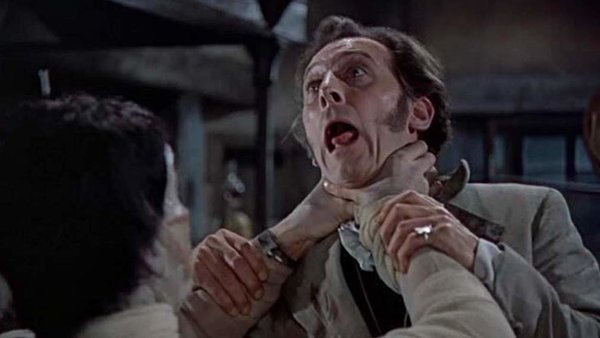How Hammer Horror Led To Doctor Who’s Most Popular Episodes

However, going for such a bold artistic style within the format of the family-friendly television show was always likely to cause some friction. Hinchcliffe himself admitted:
“…I discovered (was) that, having made the series more adult and more realistic, we had to run up against the thin dividing line between what is acceptable to Saturday tea-time family viewing and what is not.” (Dr Who Interviews, 2009)
Such stories earned the production team several less-than-pleasant critics who would haunt the era, the most notable being Mary Whitehouse, a conservative activist who came onto the Who communities' radars for her brutal reviews between 1975 and 1977. In one of the darkest cliff-hangers of Season 13, the Fourth Doctor is attacked by an assassin who tries to forcibly drown him before the episode immediately cuts to the credits. This moment alone received some of the Doctor Who production offices' most aggressive complaints. Whitehouse was among those who took the opportunity, saying:
“The programme contains some of the sickest and most horrific material ever seen on children’s television.” (Radio Times, n.d.)
Hinchcliffe was no stranger to the criticisms of Whitehouse by this point however, and has always continued to defended his intentions, insisting:
"I always felt that Mary Whitehouse thought of Doctor Who as a children's programme, for little children, and it wasn't [...] so she was really coming at the show from the wrong starting-point." (Hinchcliffe, 2004).
[Cont.]